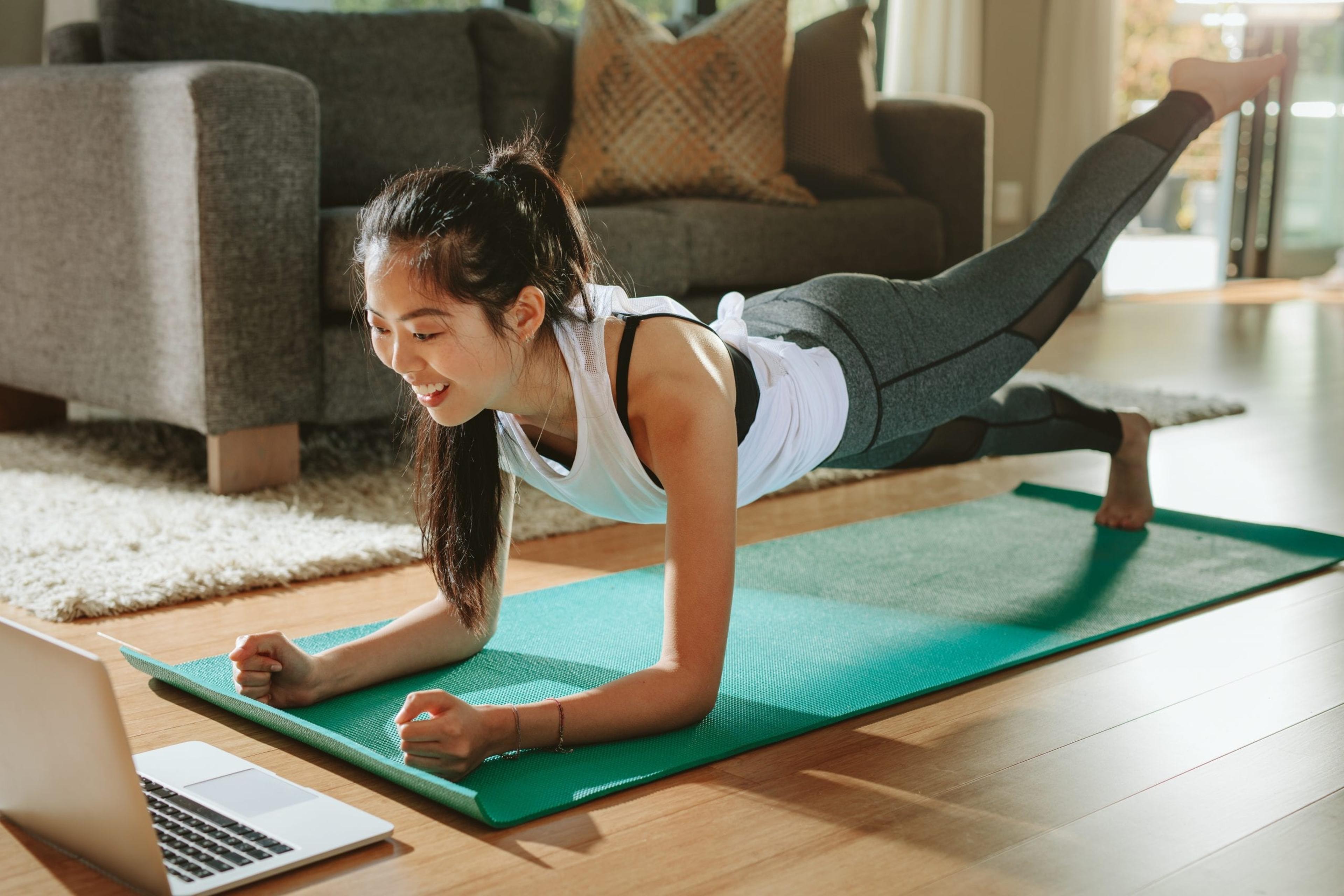
Do you need a gym to be healthy? It’s an age-old question with a very simple answer: no. A person can have an effective workout from the comfort of their own homes. With a little planning and a lot of discipline, it’s possible to reach your health goals without a gym, coach or membership fees. "The thing is, it's convenient,” explained Dan Muncey, on-site well-being coordinator at Blue Cross Blue Shield of Michigan. “I think people get caught in ‘I have to go to the gym to work out’ because it's something that gets them out of the house.” Some people thrive in a social setting and can use it as a source of motivation. But that’s not the case for everyone. Various home workout programs can be tailored to fit your individual needs. From apps to YouTube, Beachbody and P90X, there’s something for everyone. “A good friend of mine's a Beachbody coach,” revealed Muncey. “There's an awesome accountability group within that. You have a coach that's going to check-in with you and see how you're working out. They have all their videos online.” In some cases, you don’t have to pay for a workout at all. The American Council on Exercise (ACE) has a free library full of fitness material. This includes exercises, health tips, and training advice. Since it’s a peer-reviewed source, visitors know the content is safe and valid. On the latest episode of A Healthier Michigan Podcast, hosted by Chuck Gaidica, he and Muncey discuss how to get the most from your home workouts.
When it comes to home workouts, convenience is a double-edged sword. Some people may get distracted or even forget a session. Therefore, it’s important to remove any physical or mental obstacles. “When you're committed to it, if you have a schedule, put it on your schedule,” declared Muncey. “Find out what time you're going to be less distracted, whether that means doing it in the morning or at night.” Also, find activities you’ll stick with. If you’re not a runner, don’t buy a treadmill. There’s more than one way to be physically active. Try yoga, Pilates, a stationary bike, dumb bells or traditional bodyweight exercise like pushups. Identify what gets you excited every day. Long-term success requires a level of dedication that goes beyond will power. Once you’ve found what you’re passionate about, make a routine. Start at three days a week. Allow the body enough time to adjust to the movements. You can also incorporate modifications to reduce the risk of injury. Most importantly, set a goal. A clear objective provides focus in moments of disarray. “Goals help you work towards something,” said Muncey. “That's going to build everything else we've talked about, consistency, accountability, and scheduling.” Goals set you up to be successful. If you're doing it for over three weeks, you're going to build a healthy habit.” Looking for more fitness tips? Read these posts:
Photo credit: Jacob Lund





